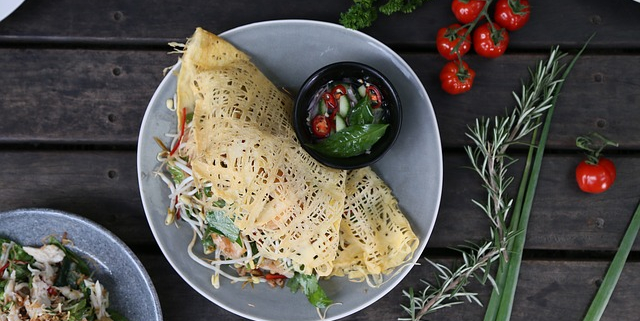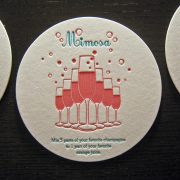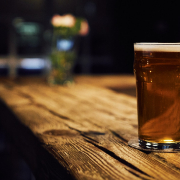The Best Tips On Thai Food Etiquette and Manners While At The Table
When young, everyone is taught basic food etiquette and manners to use while sitting at the dining table with family and close friends. While kids find sitting still a challenge and eating an abominable chore, eventually, as time goes on, we all catch on to what is expected of us, especially if dining out in a public setting.
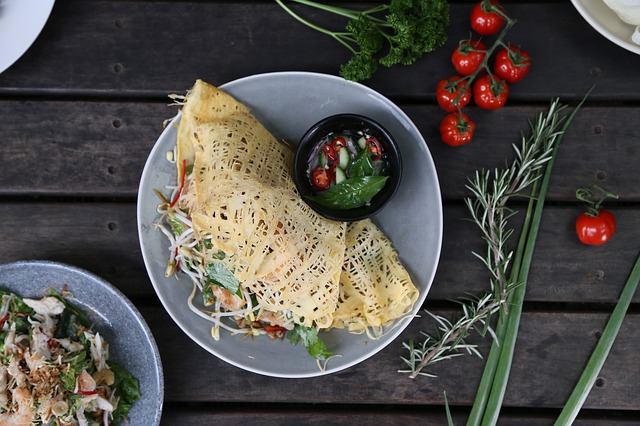
That’s true when enjoying foods served from other cultures where the etiquette might be different or perhaps could be a bit more stringent.
In Thailand, the suggestion is that these are relatively basic common sense, including not speaking with a full mouth, putting your fork on the table if you feel the need to point, especially if you’re in a restaurant, and others your mom might have instructed when you were growing up.
These apply regardless of how casual, comfortable, or family-friendly the vibe is in the establishment, like with Dannee Thai, one of the favored places for the whole community in Brooklyn, New York.
Their hope is that their clients enjoy their savory, fresh (daily) foods delivered to the home or in their quaint, charming location in peace and contentment. That doesn’t mean you’re devoid of following etiquette guidelines.
In fact, there are a few table rules that apply in Thailand culture, which are somewhat unique from the West. Let’s take a look at some dining observations to be followed by those enjoying Thai cuisine.
The Best Tips On Thai Food Etiquette And Manners While At The Table
Thailand is quite serious about eating and cooking the cuisine that has grown in favor worldwide. The people, however, are incredibly social, easy-going, and fun-loving, allowing for optimum forgiveness if there were to be a misstep while dining.
Generally, whether in a restaurant or someone’s home, dining is informal and often engaging with much laughter and conversations. No one is trying to catch someone making a mistake or call anyone out for a misdeed.
If it’s a blatant infraction that is rude or offensive, of course, you will politely be reminded of your manners, but no “tickets will be written.”
Where should you sit at the Thai Table
In the West, it is standard for the “head” of the household to hold a prominent place at the table. In Thailand, the high-ranking individual or the host will enjoy a place at the center of the table.
The person deemed as the “honoree” of the gathering will sit directly across from the host to be able to carry on easy conversations.
If you’re unsure, the best thing to do is wait for someone to seat you as they will bring you to the appropriate chair. If the seating arrangement is one of bamboo mats placed on the floor, situate your body so that there is no visibility of your feet for those around you while they dine.
What is the procedure when ordering a meal
In Thailand, groups share all meals. You should never intend to order food for merely yourself. Custom dictates the “senior” females of the table are the ones who will select from the varied dishes for the entire group. Usually, the options consist of varied fish and meats plus several vegetables.
If you find something on the menu that you hope to be able to try, make the request to see if it will be appropriate. The rice is the only option served in individual dishes. For those with specific nutritional restrictions, avoid the foods that could create an issue for you.
It’s inappropriate to verbalize your restrictions while the ladies are making the orders. Look here for guidance on building a balanced meal whether you cook or order Thai food.
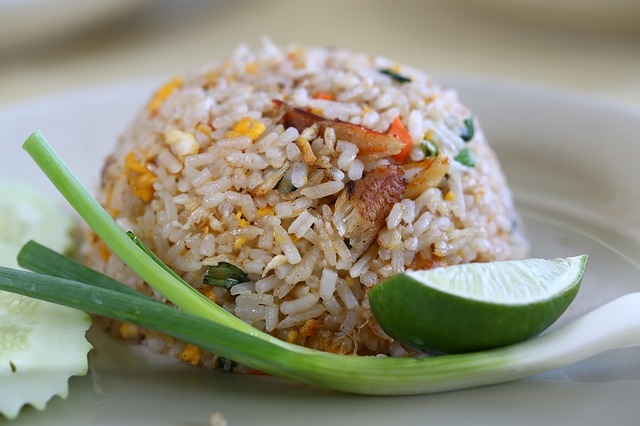
How is the table set
The indication is that each guest is provided a dish of white rice with another dish likely for serving soups. Individuals are to add “two spoons” of food from a few of the serving bowls along with sauce on the rice.
It’s okay to refill as much as you wish until you enjoy all the options from the table. It’s considered rude if you take more than your share in case someone hasn’t had the chance to try it.
It’s also not good manners to indulge quickly since not all of the choices will likely come at the same time. Dishes arrive as the food becomes ready and could steadily come throughout your time there.
While serving yourself from the varied bowls, it’s polite to dredge from the bowl’s edge and not take from the middle. Avoid taking the last of what’s remaining in a “communal” dish. These bits belong to the host, who has the option of offering them to whom they choose if they don’t want them.
Final Thought
One thing to remember when dining in a lovely Thai restaurant is that in Thailand, it is customary to each with a fork being held in the left hand and a spoon in the right.
The spoon deems an essential tool, while the fork is merely used to navigate. Anything not eaten with rice, like fruits, can be eaten with a fork, and you won’t find a knife in sight.
One priority with Thai eating is not to be in a hurry like so many harried cultures. The people enjoy their food and each other making it vital that you slow down, be present, have no mobiles, and socialize to your heart’s content.

